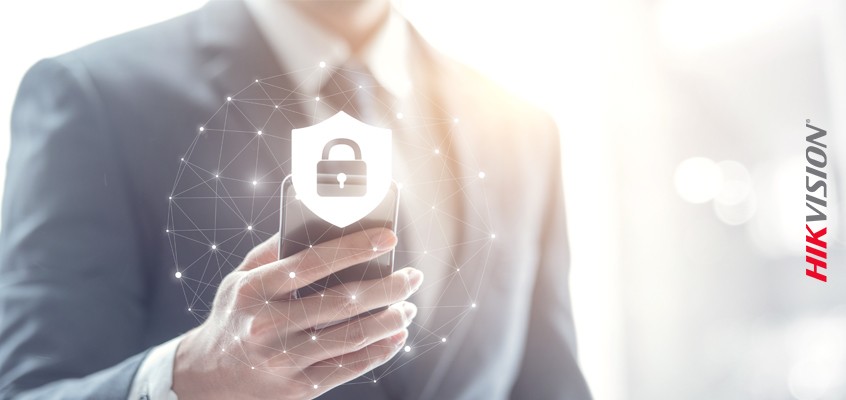Using Multi-Factor Authentication (MFA) to Prevent Phishing Hacks & Vulnerability Exploits

Hikvision on MFA to Reduce Hacking Risk
Cybersecurity-Insiders.com covered the growth of cyberattacks in healthcare and use of multi-factor authentication (MFA) to prevent phishing hacks and vulnerability exploits in this article: “How MFA & Identity Security Can Help Prevent Phishing Scams Targeting Healthcare Companies”
From the article: “Cyberattacks on entities within the healthcare system are nothing new. But they’ve increased in scale and frequency in recent years. In 2019, ForgeRock’s Consumer Breach Report cited healthcare companies as the most targeted sector in the nation. Almost half of the data breaches in the U.S. in 2019 were in healthcare.”
With ransomware and other cyberattacks likely to rise, the article recommended the use of identity security and MFA to identify vulnerabilities and prevent them from being exploited.
Phishing scams to steal credential information are the most common way that hackers gain access to healthcare data. Using MFA can prevent the ability to use stolen credentials.
How Does MFA Work?
According to the Cybersecurity-Insiders.com article, “If a hacker somehow manages to steal an employee’s credentials via a phishing scam or other method, to sign in with MFA, they need to verify their identity another way.” This additional identity verification is typically a text message to a person’s smartphone or an email verification.
Hikvision’s senior director of cybersecurity, Chuck Davis, covered MFA in this Hikvision blog. He overviews authentication, which is typically made up of two things: a username and a password. The username is meant to be the identity of the account. This is not meant to be private or difficult to figure out.
The password is meant to be the secret that is exchanged to allow the user to access the system, service, network, etc. Using just a username and password is known as one-factor authentication because the user is verifying his or her identity with one piece of evidence or one factor.
MFA adds two or more pieces of verifiable evidence or factors to the authentication process to greatly reduce security concerns by lowering the chances of an account being accessed by the wrong person. Two-factor authentication (2FA) is a subset of MFA and is a means of authenticating with just two pieces of verifiable evidence or factors. A good real-world example of 2FA is using an ATM. You use something you have, the ATM card, and something you know, your pin number.
Davis recommends enabling MFA on all accounts that have it available.
Read the entire Hikvision blog at this link to learn more about how to use and enable MFA to reduce vulnerability to hacking.
Working with
Allegiant is
So Easy!
WE'VE SIMPLIFIED THE PROCESS TO MAKE IT EASY AND PAIN-FREE


Let Us Solve Your Commercial Electrical Problem. Today.
Electrical Repair | Light & Sign Repair | LED Retrofits | Data & Networking
© Allegiant Electric. All Rights Reserved.


